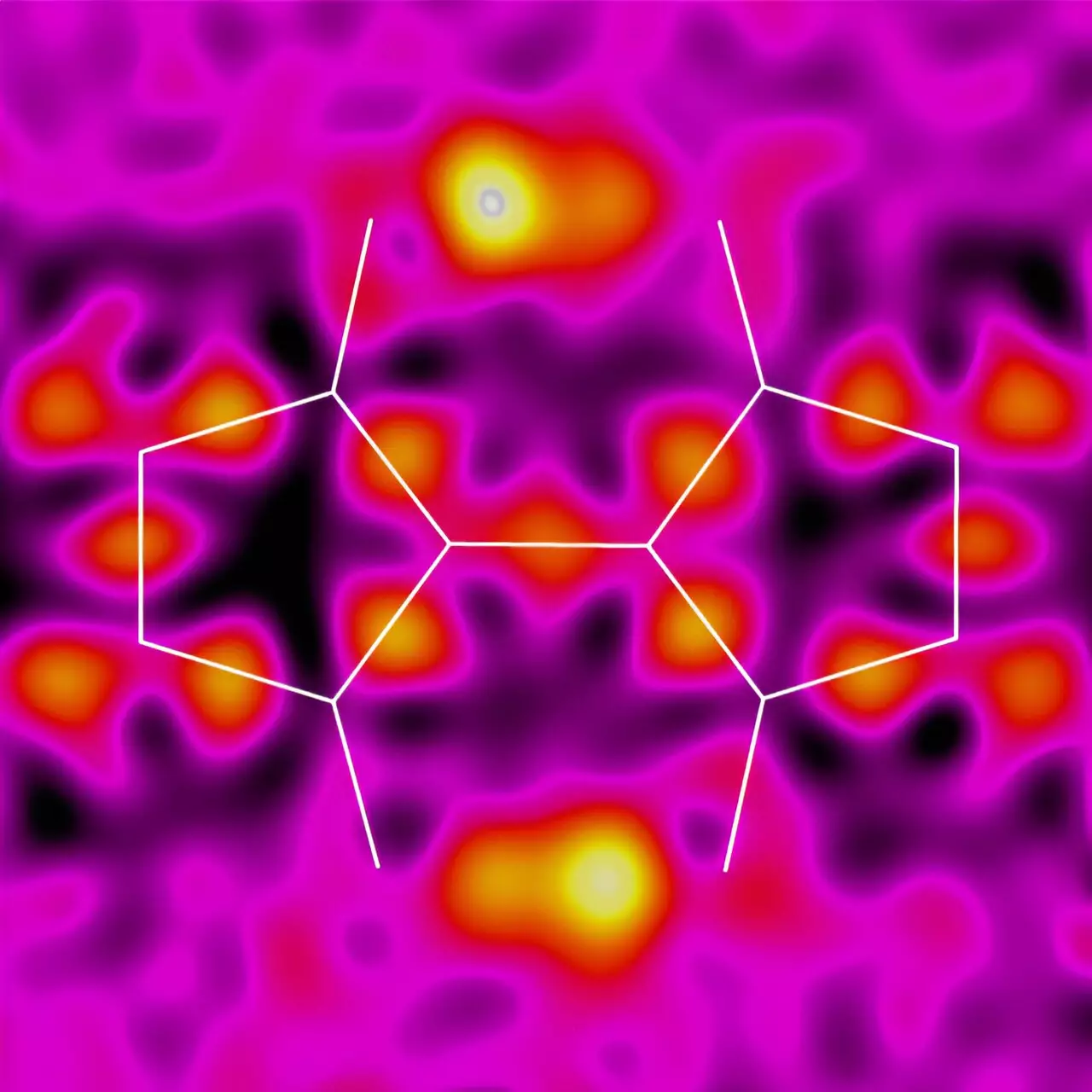In recent years, the development of organic semiconductors has gained significant attention in the scientific community. Unlike conventional rigid semiconductors based on silicon, organic molecules have the potential to be flexible, ductile, and lightweight, opening up new possibilities for designing semiconductor devices. Chemists at RIKEN have made a groundbreaking discovery in the field by developing a method for creating synthetic derivatives of the natural dye indigo, without the need for harsh conditions. This discovery could potentially inspire advances in electronic devices, including light-responsive gadgets and stretchy biomedical sensors.
Exploring the Potential of Organic Semiconductors
Organic semiconductors offer a unique advantage in molecular design, allowing for the adoption of new functionalities. Keisuke Tajima and his team at the RIKEN Center for Emergent Matter Science embarked on a research project to explore the enhanced electronic function through molecular design. Their investigation focused on a molecule related to indigo, called 3,3-dihydroxy-2,2-biindan-1,1-dione (BIT).
The researchers aimed to answer a fundamental question: Can protons and electrons move in concert in the solid-state? Proton-coupled electron transfer, which links the motion of electrons to protons, is often considered crucial for efficient electron transfer in biological systems. If this phenomenon could be incorporated into organic solid-state materials, it could lead to the development of semiconductors with unique dynamic properties.
Through their experiments, Tajima and his team discovered that BIT and its derivatives undergo unusual rearrangements in their structures, involving double-proton transfer. These rearrangements may provide these materials with unique capabilities as electronic functional materials. BIT and its derivatives were identified as promising materials for solid-state proton-coupled electron transfer due to their incorporation of two protons that are ideally positioned to hop from one position to another during electron transfer.
However, until now, the synthesis of BIT required harsh conditions that severely limited the range of derivatives that could be made. The team of researchers at RIKEN developed a revolutionary room-temperature approach that enables the synthesis of several BIT derivatives under much milder conditions, expanding the possibilities in the field.
Proving Proton Transfer Between Molecules
One of the most challenging aspects of the research was proving that the protons in BIT undergo proton transfer between molecules in the solid-state. To address this, Tajima collaborated with experts in X-ray crystallography and solid-state nuclear magnetic resonance (NMR) at RIKEN. Through their collaboration, the team was able to demonstrate that the two protons in BIT do rapidly exchange their positions. Calculations suggested that this proton transfer is indeed coupled with charge transport. The team’s next goal is to confirm this coupling experimentally.
The discovery of a room-temperature approach for creating BIT derivatives opens up new possibilities for the development of organic semiconductors. The ability to control proton transfer in solid-state materials could potentially enhance the charge transport properties of these semiconductors. Although the exact implications of proton presence on charge transport remain unknown, the fundamental physics behind this phenomenon could pave the way for exciting new avenues of research.
The research conducted by Tajima and his team at RIKEN holds tremendous promise for the future of organic semiconductors. The synthesis of indigo derivatives without the need for harsh conditions allows for a broader range of materials and the potential for enhanced electronic function. With further experimental confirmation of proton-coupled electron transfer, the development of light-responsive gadgets and stretchy biomedical sensors could become a reality. The flexible, ductile, and lightweight nature of organic semiconductors may revolutionize the design and functionality of electronic devices in the near future.


Leave a Reply